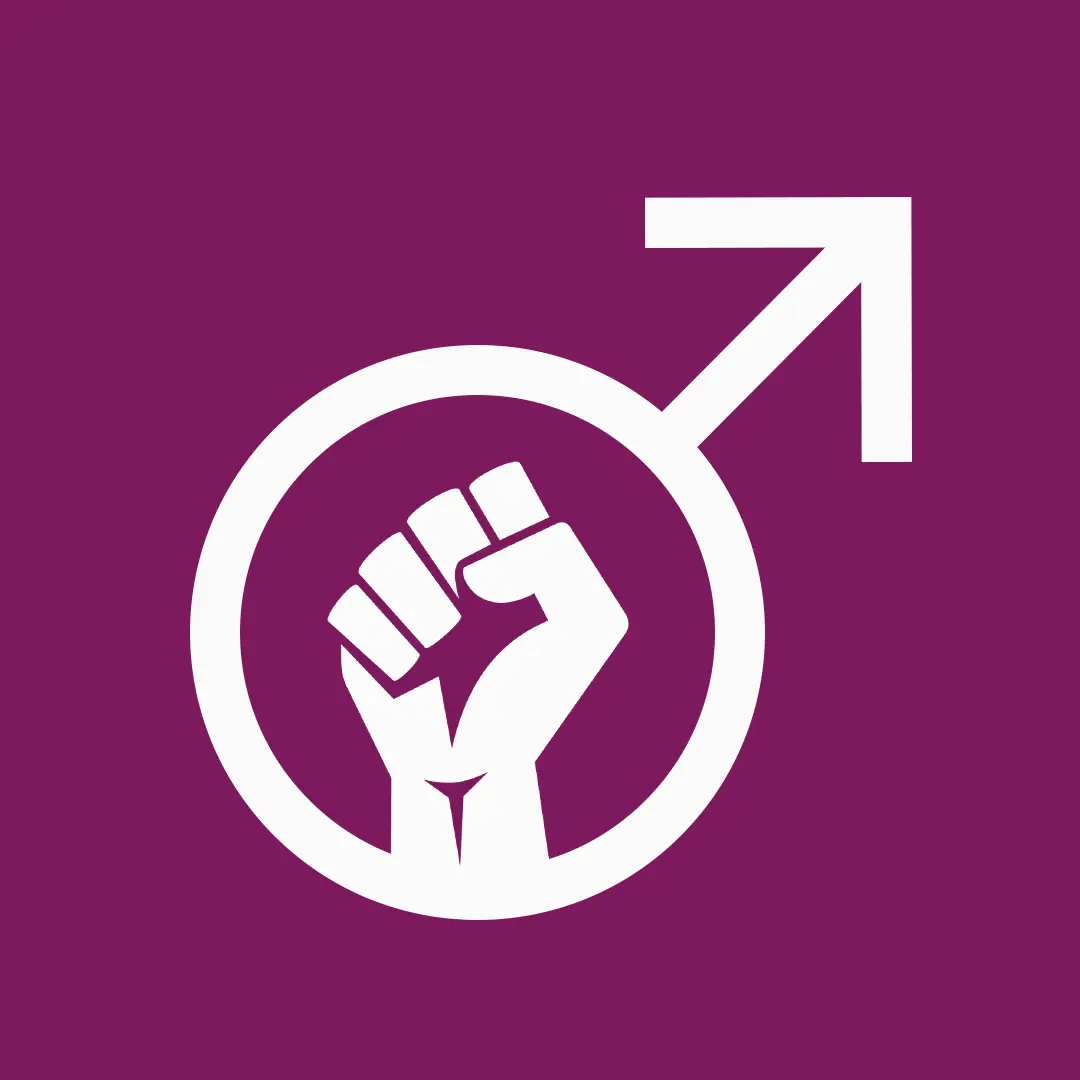This discussion was inspired by discussion on this post.
Toxic man: oh guess I am just gunna keep doing what I am doing if you aren’t going to tell me what to do.
The reason this comes up is that masculinity is largely based around externally conferred social status. You have to constantly be doing something to maintain an image of masculinity. Often this means some sort of social or physical violence in the right time or place (beat up the mugger to defend your partner, call out your boss when you’re being treated unfairly, put rival men in their place). Just as frequently, however, it is the expectation of a certain amount of self sacrifice (paying for meals, military service).
What they don’t understand is how anyone can expect them to maintain their social status when they are avoiding this role that they have been explicitly shown that there will be consequences if they fail to meet. The answer is simple: once you’re out of the masculinity rat race, you’re out. By refusing to take part in the hierarchy of dominance you will eventually be subject to a more general and, frankly, human set of standards.
The only problem is that all of these pressures are external in the first place and this whole dynamic creates strong social gender boundaries. It is very easy for a lot of men to look at their social circles and see exclusively people who punish them for a failure to live up to a masculine ideal.


I feel like external pressure is only half the problem. It is important but IMO the role model is also a problem. Non toxic masculinity is often describe in the negative of the toxic masculinity : you’re good when you are not toxic, not when you are something positive.
In some way it is less restrictive, but in other way it is missing the model.
The other side of this coin is the corruption of the ideal that lead to nihilism. Toxic masculinity corrupts ideals. Violence is strength. Protecting is necessarily the destruction of the threat. Independence is power. Smart is manipulation and deception. Everything is to be seen through a lens of domination and power. And that is the core of the problem.
Instead, a model is to be seen with any quality, but through another lens. Strength can help the weak. Smart can disarm an explosive situation. Power is to be shared and used wisely. Basically, a model opposite to the toxic masculinity can be many things with all the qualities of the virility, but the difference is that they will be used and targeted differently. And for many people, it is to be learnt through a model.
This is a core problem because for many people, if you tell them to drop the toxic behaviour, there will be nothing left to aim for, nothing for them to transform into.
And this goes back to the social validation you’re talking about. Going from toxic to positive requires a transformation so that the qualities someone has can be positive instead of negative, but as qualities they can still be praised and admired.
My problem with this is these new qualities are just as likely to be used to build a toxic hierarchy. The problem seems to me to be not just the qualities themselves but the competitive nature that is more or less beaten into boys at a young age.
While it’s really messed up to force the idea of competition down any kid’s throat, competition itself isn’t necessarily bad, right?